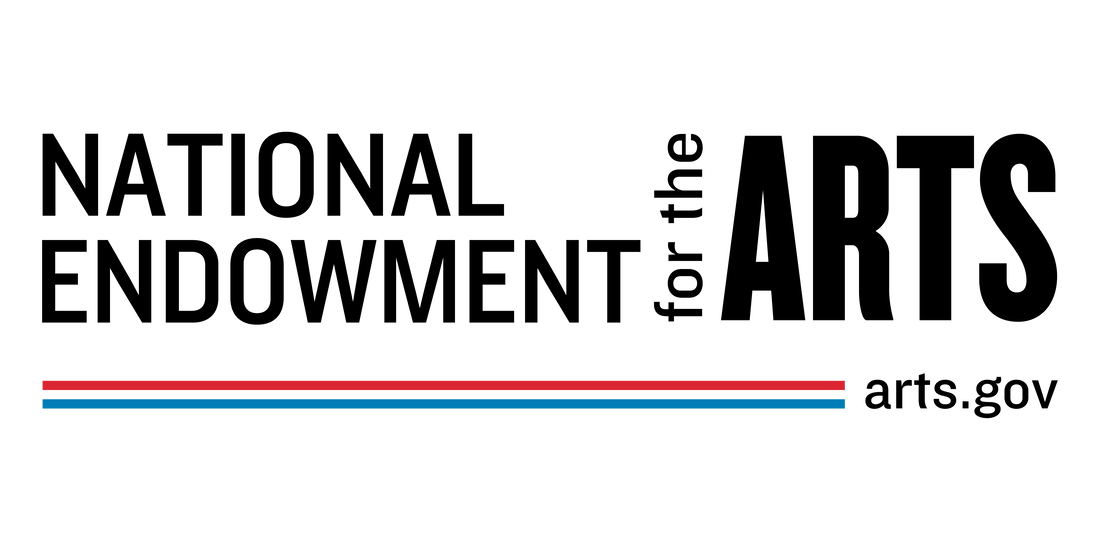|
by Anthony R. Green Since September 25th (2018) I have been in Minneapolis executing a project as a McKnight Visiting Composer fellow. This program, in partnership with the American Composers Forum in St. Paul, has supported projects from composers who do not live in the Twin Cities, and invites them to live there and work on a proposed project. During my work with Castle of our Skins, it became apparent that part of my practice should include teaching young students - especially those who want to pursue careers in music - about the rich history and legacy of Black composers. Hence my project: teaching young students about this history, performing their music and playing recordings of their music, and collaboratively composing music together. The school which received the bulk of my sessions is South High School. Located in the Corcoran neighborhood, not too far from the Mississippi River, at South High School I worked with 9 different ensembles: the treble choir, bass choir, varsity choir, concert choir, string orchestra, beginning band, concert band, wind ensemble, and the symphonic band. I also worked with one choir at Sanford Middle School, not too far away from South High School. In total: 10 ensembles and over 300 students ranging from age 12 to 17! The sessions have included a mixture of discussing the lives of Black composers, placing them in a historical context, listening to their music, answering questions, and composing and rehearsing for the upcoming concerts (November 7, 8, and 9). Together we discussed Chevalier de Saint-Georges, Samuel Coleridge Taylor, Blind Tom, Scott Joplin, Margaret Bonds, Florence Price, myself, George Walker, Renee Baker, and Jessica Mays. I also talked about my work with Castle of our Skins, and my own personal history with regards to studying Black composers in my university/conservatory career (i.e. it did not happen). The majority of the students were enthusiastic about hearing these stories and the music, and asked some wonderful questions, some regarding the historical context, some regarding notation (when scores were shared), and some regarding the biography of the composers. There was a general feeling of wonder as to how some of these composers would not be discussed, especially Chevalier de Saint-Georges in the context of Mozart considering their known-but-not-deeply-examined relationship. Many of the students also had strong opinions about music in general, and had wonderful observations about the musical examples that I played, especially after playing Blind Tom's The Battle of Manassas. The teachers were also quite enthralled by the discussions, admitting that they also have not heard or studied these composers and their music either on their own or in their respective post-secondary institutions (except for Scott Joplin). They also responded well to how I interacted with the students during the collaborative composition sessions. The created works will run the gambit of tonal, melodic music to experimental, improvisatory creations. There was an observed pride in the students as they rehearsed the pieces that we all created together, and I genuinely hope that these sessions stick with them throughout their lives. As the conversation about Black composers and marginalized voices within Classical Music and New Music continues, it is so important - perhaps now more than ever - to have Black voices and marginalized voices lead education sessions for young musicians. It was pleasantly surprising to see that Mr. Sayre (the leader of the wind ensembles) placed images of the composers who will be featured this school year on the wall, and the bulk of those composers were people of color, women, and represented cultures around the world. This will hopefully get the message across to students that composition is not relegated to people who look a certain way or are a certain gender. My presence as a leader, my discussion of my musical and organizational work, and my playing the piano for these students provided them with an image of Black male who has survived a world that can be harsh to Black people. In sharing these stories, I hopefully also conveyed the message that Black people have been surviving and thriving in this world for a while, but history simply does not like to discuss it. There are too many people to thank and too many positive experiences to mention, but I do want to express my sincerest gratitude to Ms. Laurie Myers (pictured above) for squeezing this project in at the last minute and making room for me to come in and work with some incredible students. I also want to thank the music staff at South High School, Ms. Tara Finne and Ms. Oleson at Sanford Middle School, the McKnight Foundation for their financial support, and the amazing people at the American Composers Forum who have welcomed me with open arms! I am enthusiastic about the 8 world premieres that will take place between November 7, 8, and 9, and looking forward to hearing any music that these talented students perform in the future! In the interim, please enjoy this recording (click this text!) of the String Orchestra performing String Meditation (2018).
0 Comments
by Anthony R. Green In the wake of the recent sham of the latest supreme court justice, combined with stories from the #MeToo movement, Elizabeth A. Baker's powerful Ain't I a Woman Too article, Castle of our Skins' recent projects Black Kaleidoscope: a Femme Journey of Becoming and Ain't I a Woman, the attrocity of having a misogynist as the president of the (questionably) United States of America, and the centenary of Women's Suffrage in 2020 (yes, just 100 years), I have been thinking about women and wanted to celbrate their contributions, patience, and acceptance of their thankless roles in life. Firstly, THANK YOU (on behalf of all men, even the misogynists). Secondly, did you know there is a podcast that interviews incredible composers who happen to be beautiful, accomplished women? This podcast is aptly called Listening to Ladies. From its beginnings in 2015 and its debut episode on September 26th, 2016, Listening to Ladies has produced superhumanly high quality podcasts that focus on the lives, stories, and music of some incredible composers who are still living. To date it has 21 episodes, the latest featuring composer Judith Shatin, which was published on September first this year. Begun by composer, vocalist, poet, and visual artist Elisabeth Blair, with assistance from Krystee Wylder, this podcast has attracted a significant following, as well as mentions in various publications. The 21 composers featured represent eight countries and a wide age range. In each episode, the featured composers discuss gender as related to their artistic practice, as well as their music and life. Each composer receives their own feature page that contains a bio, an image, links to the music featured in the episode, and extras – wonderful tidbits that are not included in the podcast. In sum, the aural part of the podcast is rich, but incomplete without the information on the webpage feature. The podcast to date has not included transgender or non-binary composers, and Ms. Blair eloquent comments about this in a Facebook Post from February 2017. This podcast project will also end at episode 30; there are (sadly) only 9 episodes left!
Some of the composers featured on Listening to Ladies include Elizabeth A. Baker, Dolores White, and Pamela Z., all of whom discuss how race has also colored their professional practice. I was particularly drawn to Pamela Z.’s discussion of how reviewers describe her music with such vernacular as combining street smarts with soulful singing. These types of descriptors are not used for Laurie Anderson and Meredith Monk, for example. This anecdote reminds me of a reviewer who compared a piece of mine to a jazz composer, even though the connection is non-existent. While there are only 9 episodes left, Listening to Ladies still needs financial and social support! Right reviews on iTunes, comment on social media, spread and share links and podcasts, tell your friends and family, and donate! One can do this through Patreon or through a one-time donation link found on their help tab. To follow and donate and share, please visit: Website: http://listeningtoladies.com/ Facebook: https://www.facebook.com/listeningtoladies/?ref=hl Twitter: https://twitter.com/ListenToLadies Soundcloud: https://soundcloud.com/listeningtoladies Happy Sunday! BIBA is returning with another artist spotlight. This week: Jessie Cox! One of today's young, emerging artists, Jessie Cox is a composer, drummer, educator, and music theorist, currently undertaking doctoral studies at Columbia University. His repertoire includes over 100 works for various musical forces, and as a performer he has appeared in venues in the USA, Europe, Africa, and the Caribbean. He graduated from the Berklee College of music in 2017, garnering special recognitions, awards, performances by top performers and ensembles, and scholarships. He is also a founder of the Art Note Ensemble, which explores sound and music in a myriad of approaches. BIBA: How did you discover and enter the world of composition and music?
JC: My earliest musical memories are actually of me dancing, which according to my family I did quite a lot as a kid. Also, I started my musical training at a relatively early age (when I was 3 years old), so I guess music has been part of my world ever since I can remember. Composition came when I started playing my first instrument, which was Djembe. Then I kind of stopped composing, but was always improvising and got very interested in jazz and other improvisation based musics. I picked up composing again when I was 15 and started playing the piano. At that point I also started getting really interested in reading scores, especially of the 2nd Viennese School. To further develop as a composer I wanted to take lessons and so I started searching for a composition teacher, because there actually wasn’t any at the conservatory in our city. I was lucky to find Alfred Schweizer who decided, even though he was retired, to meet me once a week and talk about composition. BIBA: How has your culture and upbringing influenced your compositional and improvisational voice? JC: My first formal instrumental instructions were syllable/word based, where we would speak certain phrases and then execute them on the drums. I think to this day I still approach music in this way - music as a language with which I try to communicate. Growing up in a multicultural household definitely allowed me to draw inspiration from a variety of sources, and it also allowed me to create my own cultural world, since I didn’t feel like I really fit into any pre-existing culture. BIBA: What are some differences that you have observed between the music world of Europe versus the United States? JC: In the US I have only lived in Boston and NYC, and in Europe I only lived in a smaller city in Switzerland, so I can’t really make a more general statement about these two vast regions. Nevertheless, what I have experienced, and I do think this might apply to other areas, is that here in the US there is greater diversity, especially concerning the institutions, of influences and cultural histories. In addition, what is wonderful about New York and Berklee in Boston, is that there is a lot of convolving of different musical heritages, approaches and cultures. BIBA: Who are some composers, musicians, or artists that have helped you grow either directly (through lessons or classes) or indirectly (through their lives, practice, writings, etc ... )? JC: I can’t possibly mention all of the artists, thinkers, scholars and people that have helped me and my work - there are just too many. I think what was always important for me is that I consider all voices and try to understand them on their own terms first. This has led me down many “rabbit holes” where I have learned about things that I’d never even considered (musically or otherwise). Actually, I also approach composition in a similar fashion. When it comes to musical material, instruments, and musicians, I try to gain some insight of what they are about, instead of imposing myself onto them straight away. Through this process I can discover new aspects about myself and find a way of expressing myself that I hadn’t considered or may have overlooked. BIBA: I give you a $10 million commission to compose or create one piece. What would you create (length, instrumental forces, scale, etc ...)? JC: I’d probably try to create some sort of a festival that would happen once every year. At this festival there would be a multitude of artists concerned with creating unusual music - music that one does not experience every day. In addition I would invite other scholars and scientists to present and collaborate, and discuss ideas. This should be a place where unique ideas and experiences can be shared, among a group of people with all imaginable backgrounds; a place where impossibilities happen. Please follow Jessie Cox on SoundCloud to listen to his complex, beautiful music: https://soundcloud.com/jessie-cox-music Like many of my other colleagues in the field of Classical music, I often wonder, “Where is this machine heading?” “Will society think of this artform as relevant 20 to 50 years down the line?” “How do we make Classical music accessible and relevant to people from all backgrounds so that it truly inspires the people who live and work in our communities?” “What should we be doing as artists to preserve the artform and promote its importance for future generations?” Often many artists and institutional leaders in the Classical realm lose faith in the genre’s ability to flourish because of an apparent lack of marketability to the general public. Particularly in the USA, popular music genres lie at the forefront, driving the economy and occupying most of the space we receive our information from. Not that there’s anything wrong with popular music. In fact, R&B, Jazz, Gospel, & Neo-Soul have all had profound influences on my music as a composer. So, what’s the solution?! I believe it’s about going back into our communities and re-examining the many benefits that this music has. Studies have shown that Classical music and the arts train our minds to focus, making us better equipped to tackle other worldly tasks. My experience as a Black American citizen as well as a living composer has spearheaded my mission to showcase the beauty of this music to underexposed communities, focusing particularly on the youth of our current generation. By introducing them to the artform now, it allows them the opportunity to develop a long-lasting relationship with this music. In terms of communities of color, this means diversification of concert-going audiences, a greater demand for Classical music, and marketability that transcends barriers of color, class, etc... This past summer, I had the wonderful opportunity to meet and work with Stacy Sims, creator of Mindful Music Moments, an organization that takes Classical music into 70+ schools (and growing) around the country. Each morning during the announcements, the students are played a different piece of music and are encouraged to meditate during the excerpts. They are then asked questions about the piece and how it made them feel. This not only exposes the children to different composers and Classical pieces, but it allows them to clear their mind of any worries or anxiety they might have before coming into the classroom. That is particularly helpful, considering the environments many of the kids have been exposed to. In partnership with Mindful Music Moments and the Cincinnati Symphony Orchestra’s Educator Network, we established the Sempre Sano Artist Residency held at the Music Resource Center of Cincinnati, July 23rd to the 31st, in 2018. Cincinnati’s Music Resource Center is an incredible facility. Ran by executive director Karen D’Agostino, it is a multifaceted teen program that uses recording and performing arts, as well as life skills mentoring to create a sense of empowerment & accomplishment in the urban community. For just $2 per month, teens in grades 7-12 can attend the MRC to learn computer music production, create multi-track recordings, and take private music lessons. Incredible right?! It is a wonderful creative hub that gives the kids purpose and an ever-growing sense of hard work and responsibility. During my week of residency at the MRC, I got the chance to meet and work with so many
different teens who each had a unique perspective on what music meant to them. What especially inspired me was the look of intrigue on some of the kids’ faces when I explained my journey as a composer and artist. I imagine many of them didn’t foresee that as a possible career choice! Nevertheless, there I was, working in one of the studios with a baby grand piano, getting out the kinks on a piece for prepared piano and string trio as apart of my residency. Many of them would look in astonishment as I threw Ziploc bags of dominos and taped Jenga blocks on certain strings inside the piano. I received comments like, “Man, that sounds so cool!” “I didn’t even know a piano could sound like that!” This was quite meaningful to me because all of the kids came from every background, excited to work and simply give into the visceral call that music gives to us. I was also thrilled because there were kids who looked like me, getting to see someone who looked like them, making music that was so drastically different than what the norms of society had taught them was popular, let alone an option! During one of my last days of the residency, I had finished the studio recording of a piece for piano and Tibetan singing bowls with some of the teenagers. I was then approached by a young rap artist who had come into the studio to finish up a song he was working on. This was a very dedicated and passionate young man, as I saw him in the studio every day working at his craft, perfecting his vision as an artist. He said to me, “Man, I love that pioneering mindset you have. I would’ve never thought to use those bowls like that.” We then had an enthusiastic talk about various instruments and how they could be used in a variety of musical contexts. I then realized that this was exactly why I dedicated my life to music. Just your physical presence is enough to inspire the next young artist to pioneer ideas that are life-changing, perhaps even community-altering. That talk gave that young man a desire to be different. Perhaps he’ll want to enroll in an institution that offers study in composition. Maybe he’ll stumble upon a compositional process that one of the great masters like Stravinsky or Bartók used and apply it to how he constructs his raps! That’s what it’s about! Music removes the illusion that we are somewhat too different to find commonalities. Music inspires us to think higher, reach further, & dream bigger, leading us to incredible advancements that change the face of mankind. It is with that fact that my main goal as an artist is not merely to entertain, not simply to soothe the soul, but ultimately, beyond all else, to inspire. Inspiring young people also inspires me to keep breaking down barriers of my own. As long as I’m alive to do it, I will continue perusing initiatives that expose young people to the arts and encourage multicultural relationships between music lovers and concert-goers alike. Now that’s a legacy every artist should leave! |
Details
Writings, musings, photos, links, and videos about Black Artistry of ALL varieties!
Feel free to drop a comment or suggestion for posts! Archives
May 2024
|
Member Login
Black concert series and educational programs in Boston and beyond
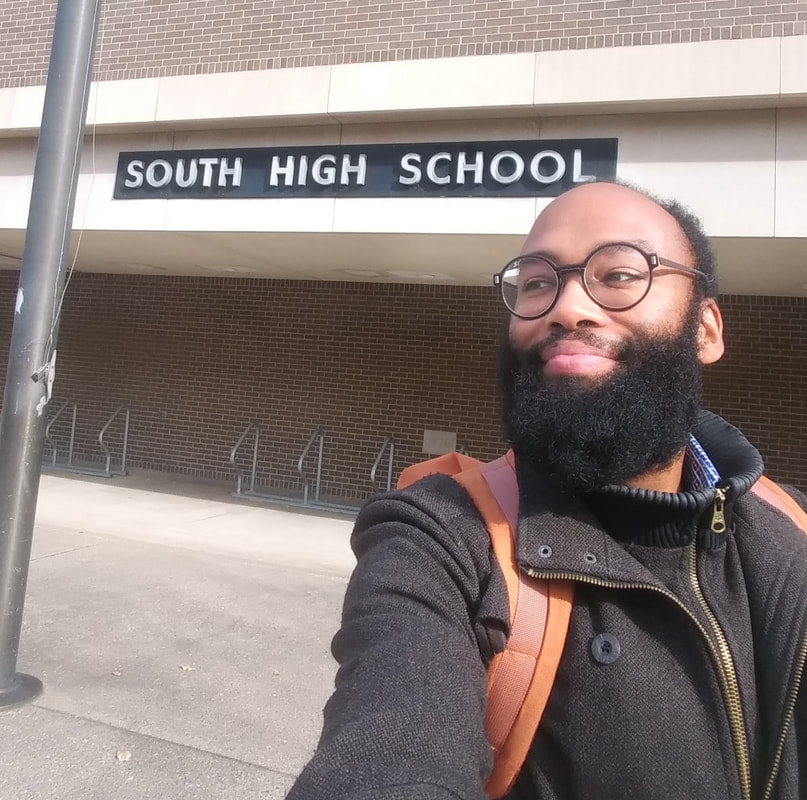
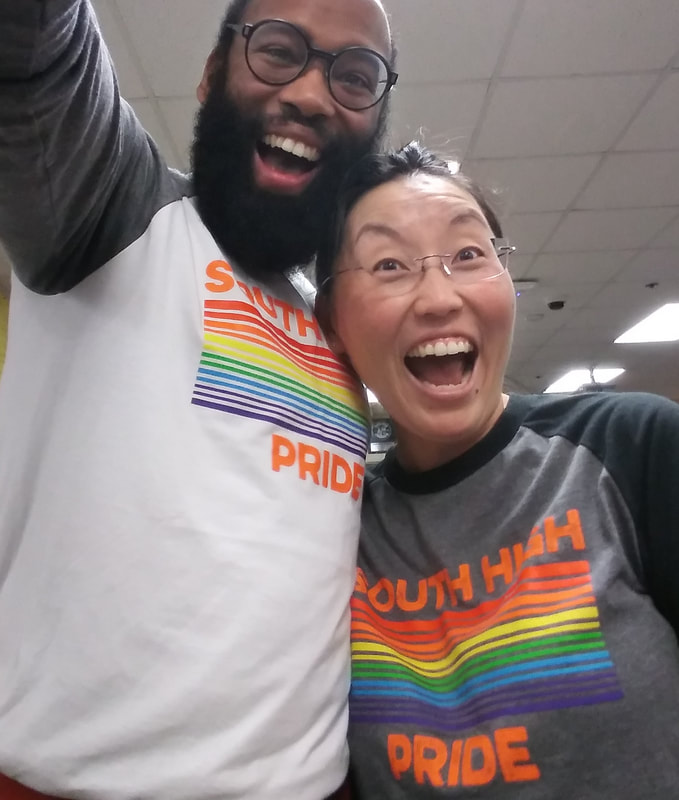

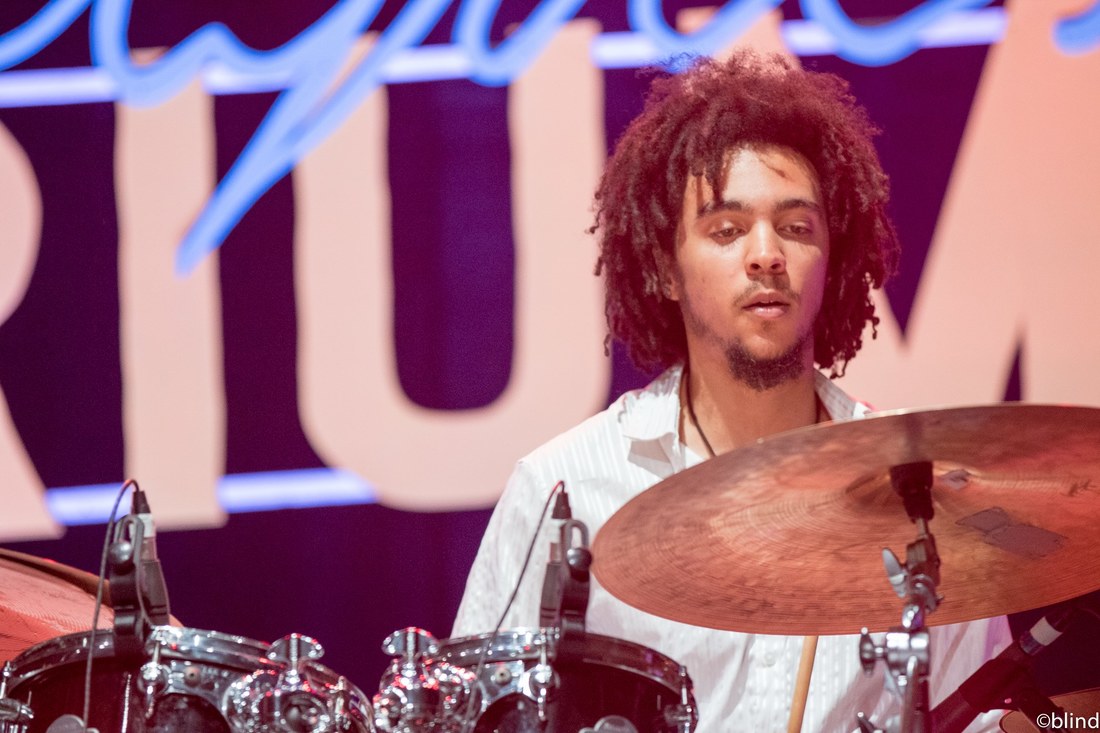
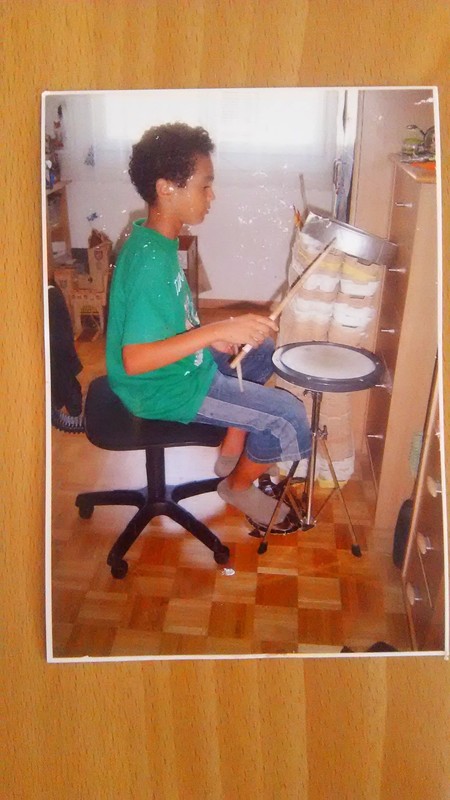
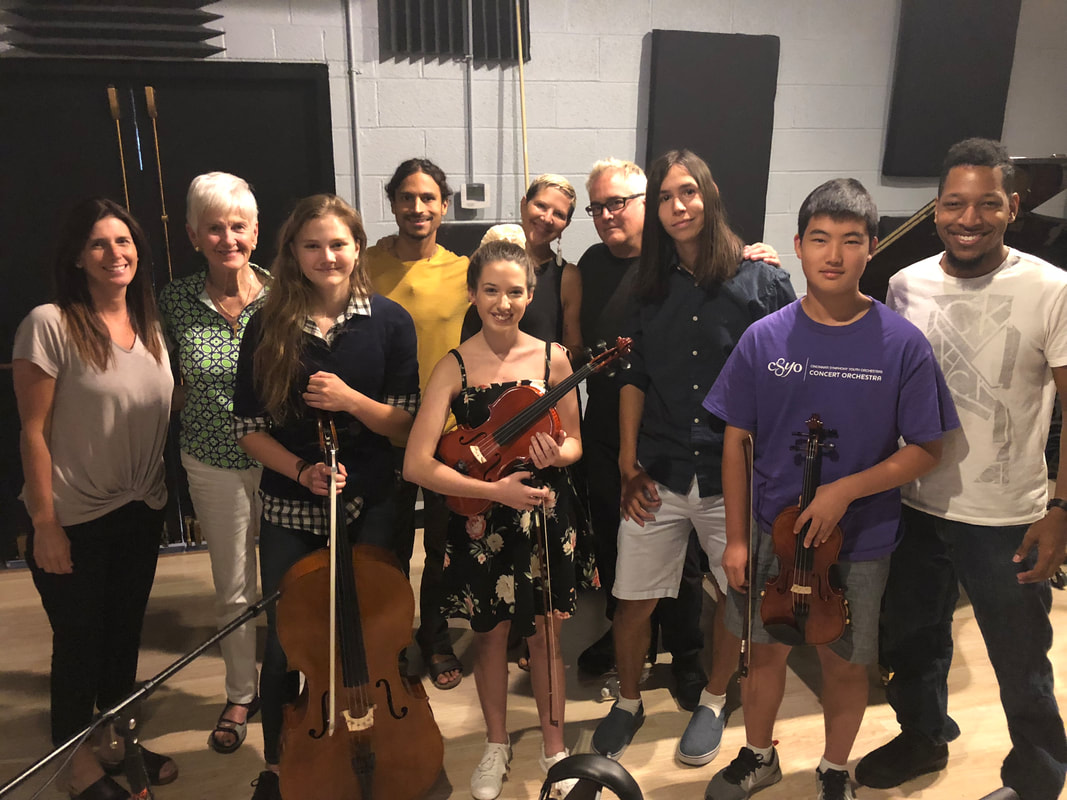
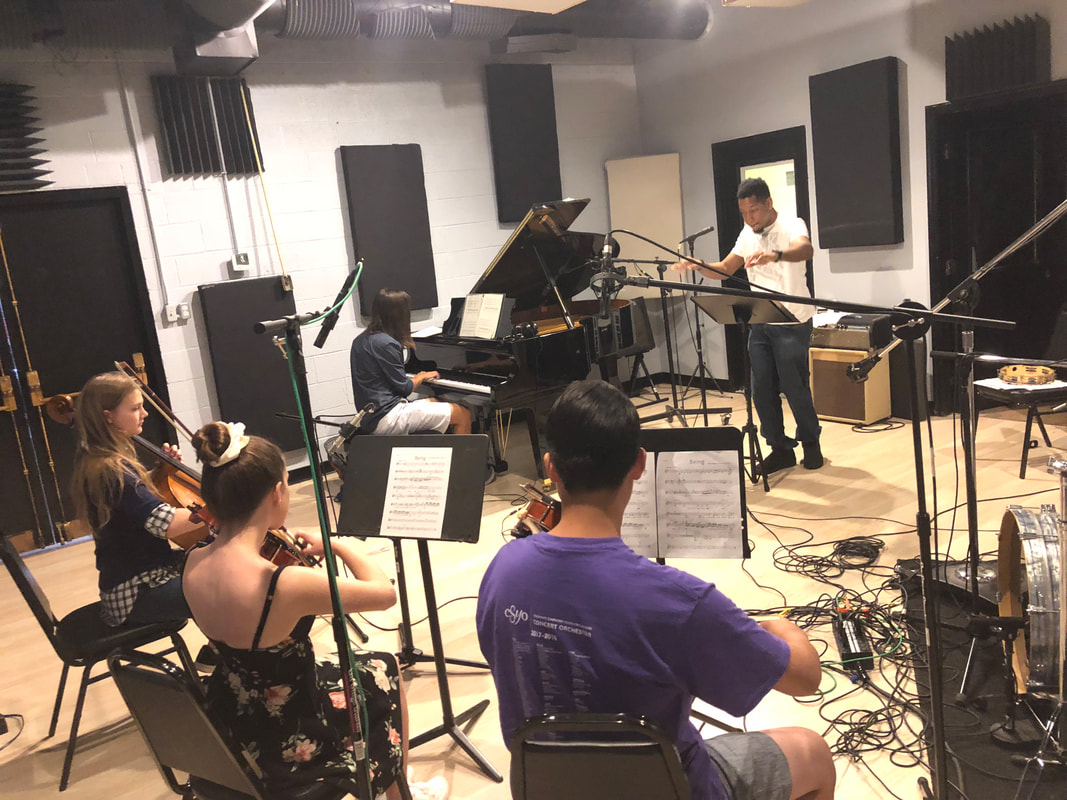
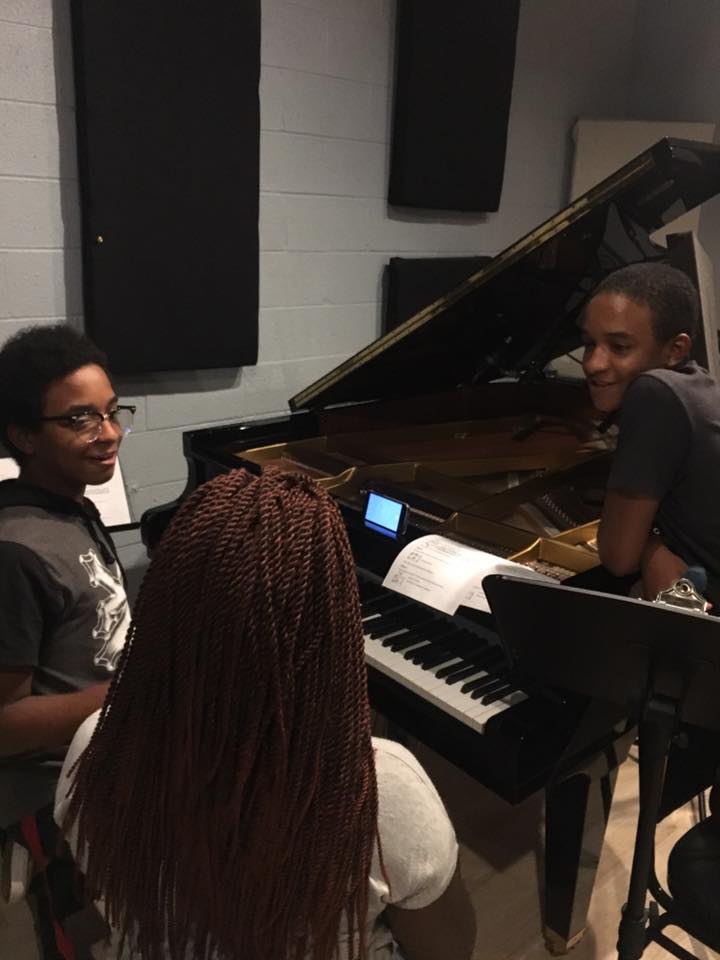
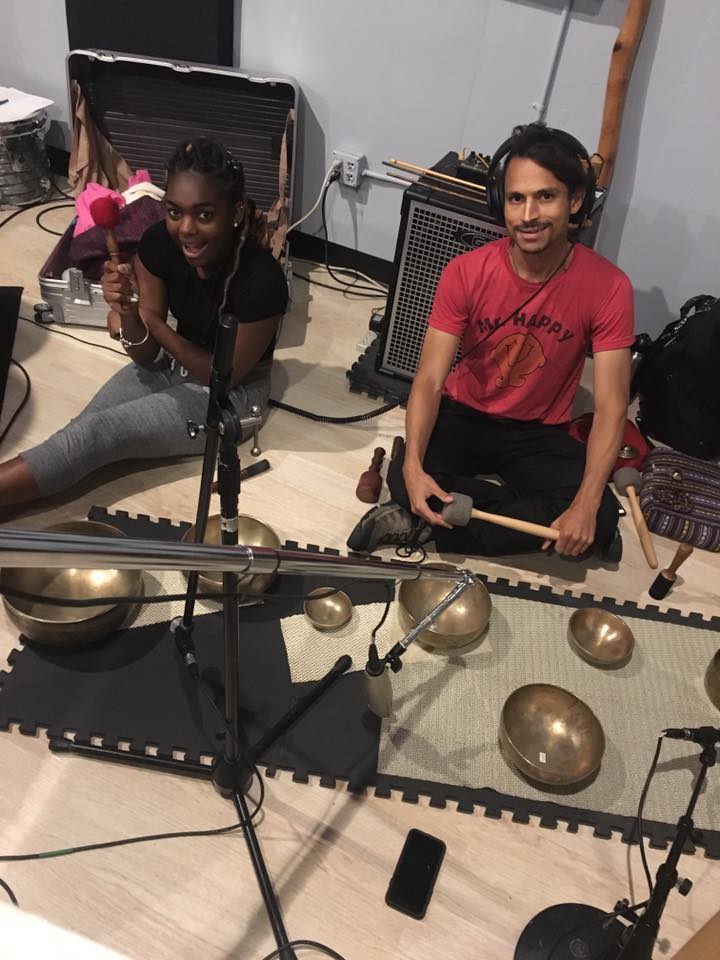

 RSS Feed
RSS Feed







